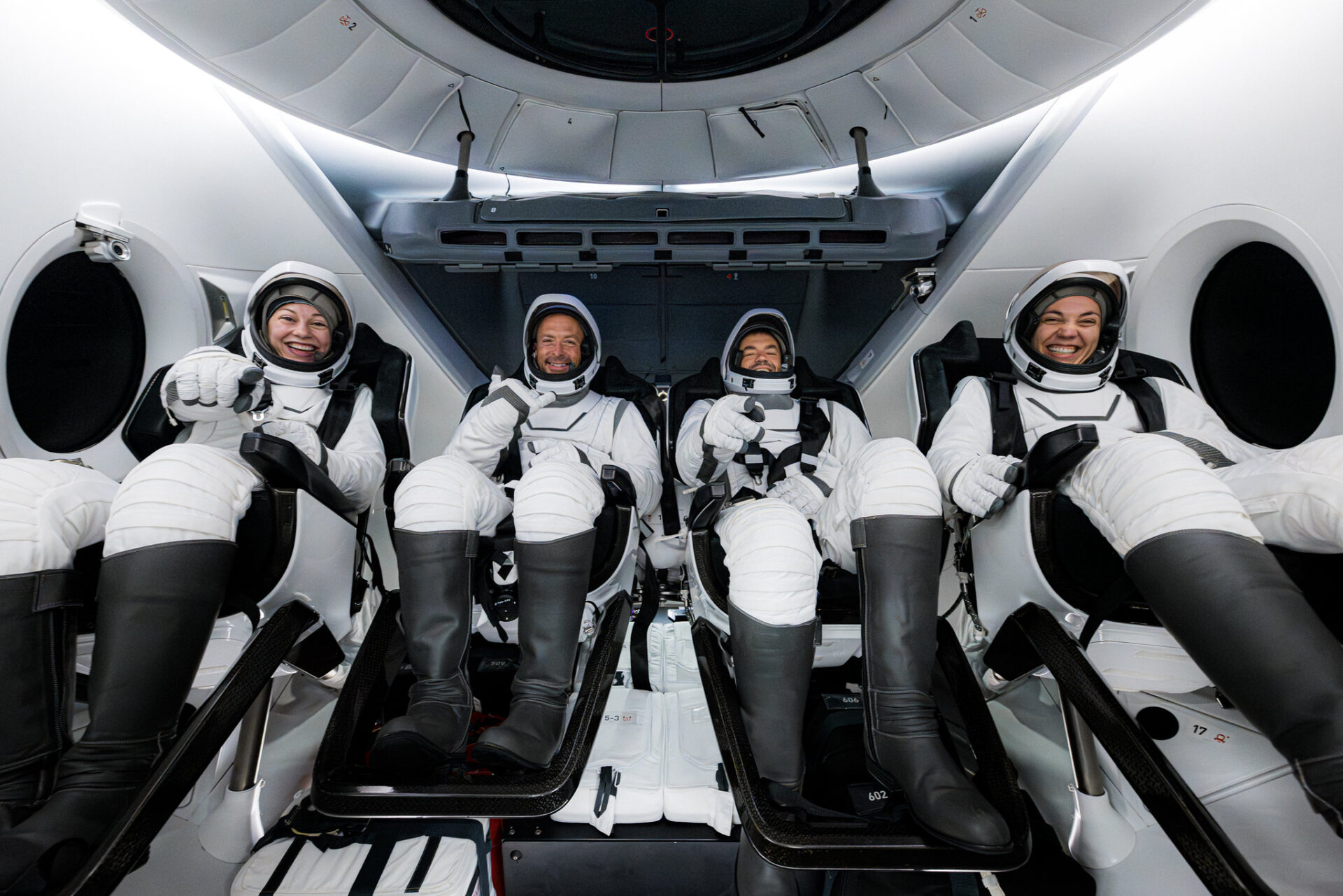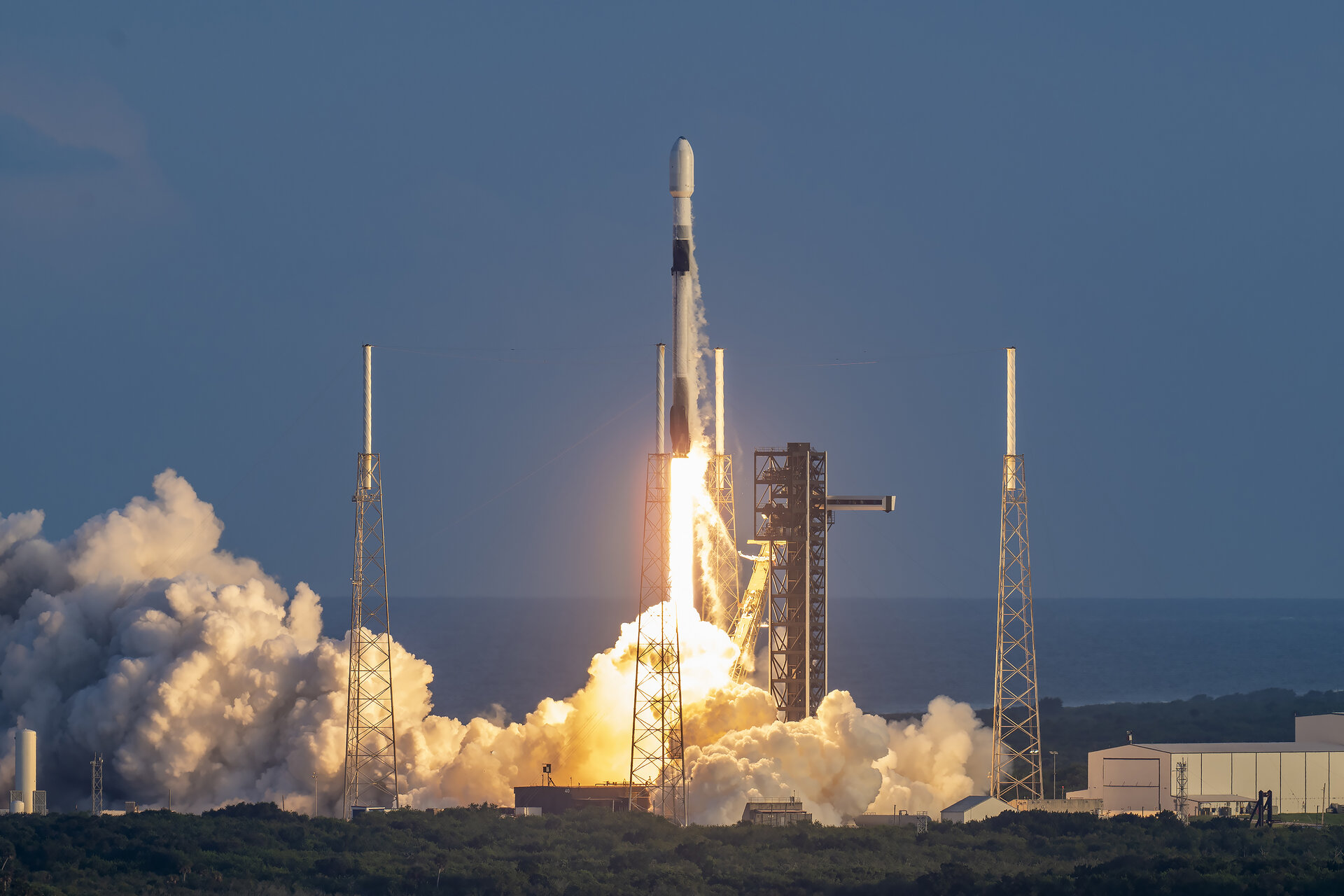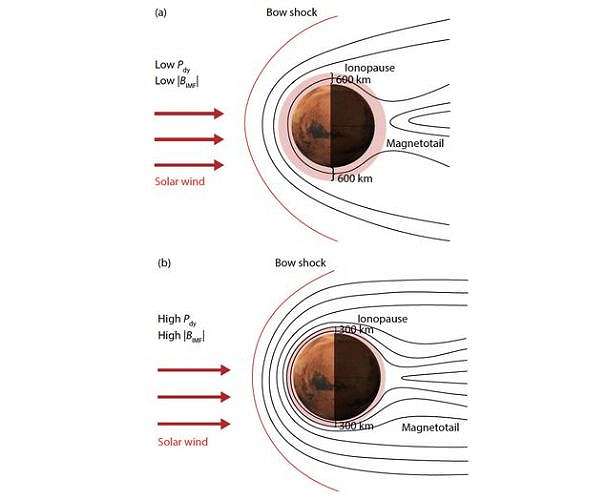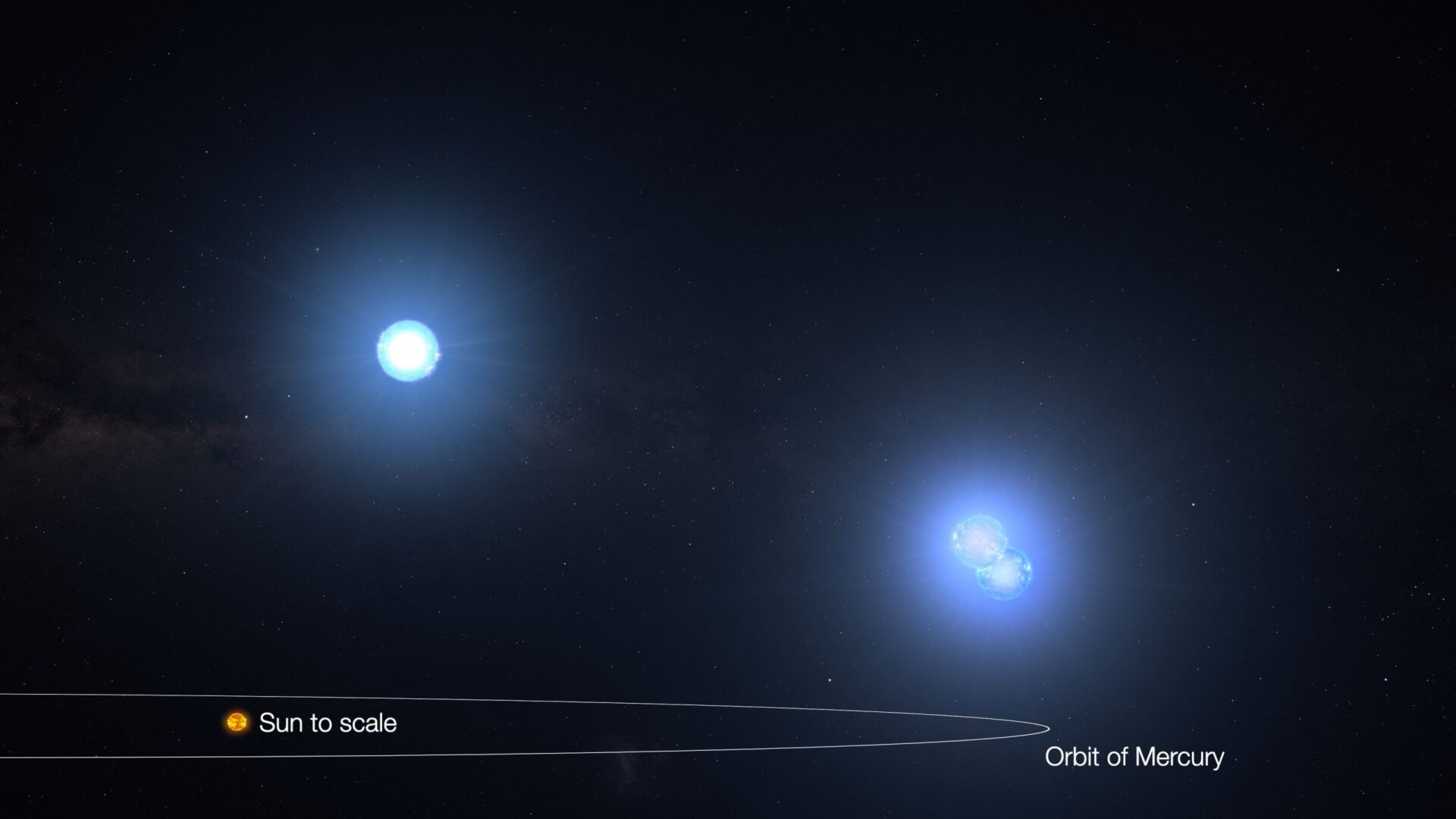On September 15th, 2024, the Polaris Dawn crew returned to Earth after spending five days in orbit. The mission was the first of three planned for the Polaris program, a private space project to advance human spaceflight capabilities and raise funds and awareness for charitable causes. The mission’s Dragon spacecraft safely splashed down off the coast of Florida at 3:36:54 a.m. EDT (12:36:54 p.m. PDT). Once their spacecraft was retrieved, the crew was flown to the Kennedy Space Center to see their families and undergo medical examinations before traveling to Houston to complete more of the mission’s studies.
The mission accomplished several objectives, including flying higher than any previous crewed mission since the Apollo Era – 1,408 km (875 mi) above the Earth’s surface, or three times the altitude of the International Space Station (ISS). The mission passed through the Van Allen Radiation Belt to learn more about the effects of space radiation on human physiology. For starters, the mission included the first-ever commercial spacewalk, performed by mission commander Jared Isaacman when the spacecraft was 700 km (435 mi) above Earth.
This feat also tested SpaceX’s new Extravehicular Activity Spacesuit (EVA), designed for long-duration spaceflight and operations on the lunar and Martian surface. Other experiments included Starlink’s laser-based communications system, which is essential for future missions to the Moon, Mars, and beyond. This consisted of the crew sending signals between optical links on the Dragon spacecraft and Starlink satellites. The crew also carried out 36 other science experiments, in collaboration with 31 global institutions, designed to advance human health and space exploration.
The mission also featured a special reading of Kisses from Space, written by Anna Menon (Polaris Dawn’s mission specialist and medical officer) and Keri Vasek. The event was live-streamed and showed Menon sharing her book with her family and many patients at St. Jude Children’s Research Hospital – one of the charitable organizations supported by the Polaris Program. The mission also had a “music moment,” where mission specialist Sarah Gillis played “Rey’s Theme” on the violin from The Force Awakens composed by John Williams.
The recording was back to Earth via Starlink, where it was accompanied by professional and youth musicians from around the world through a series of pre-recorded orchestra sessions. The combined footage was used to create the video “Harmony of Resilience” in support of St. Jude Children’s Research Hospital and El Sistema USA, a charity dedicated to providing access to music education for all children. Additional updates about the mission and crew post-return will continue to be available via Polaris’ official X account, Instagram, and their website.
The second flight in the Polaris Program will see another crewed Dragon spacecraft launching to orbit and conducting additional experiments to advance human spaceflight, in-space communications, and scientific experiments. The launch date for this mission is currently TBD. The third mission (also TBD) will be the first crewed spaceflight using SpaceX’s Starship and Superheavy launch system.
Further Reading: Polaris Program





No comments! Be the first commenter?